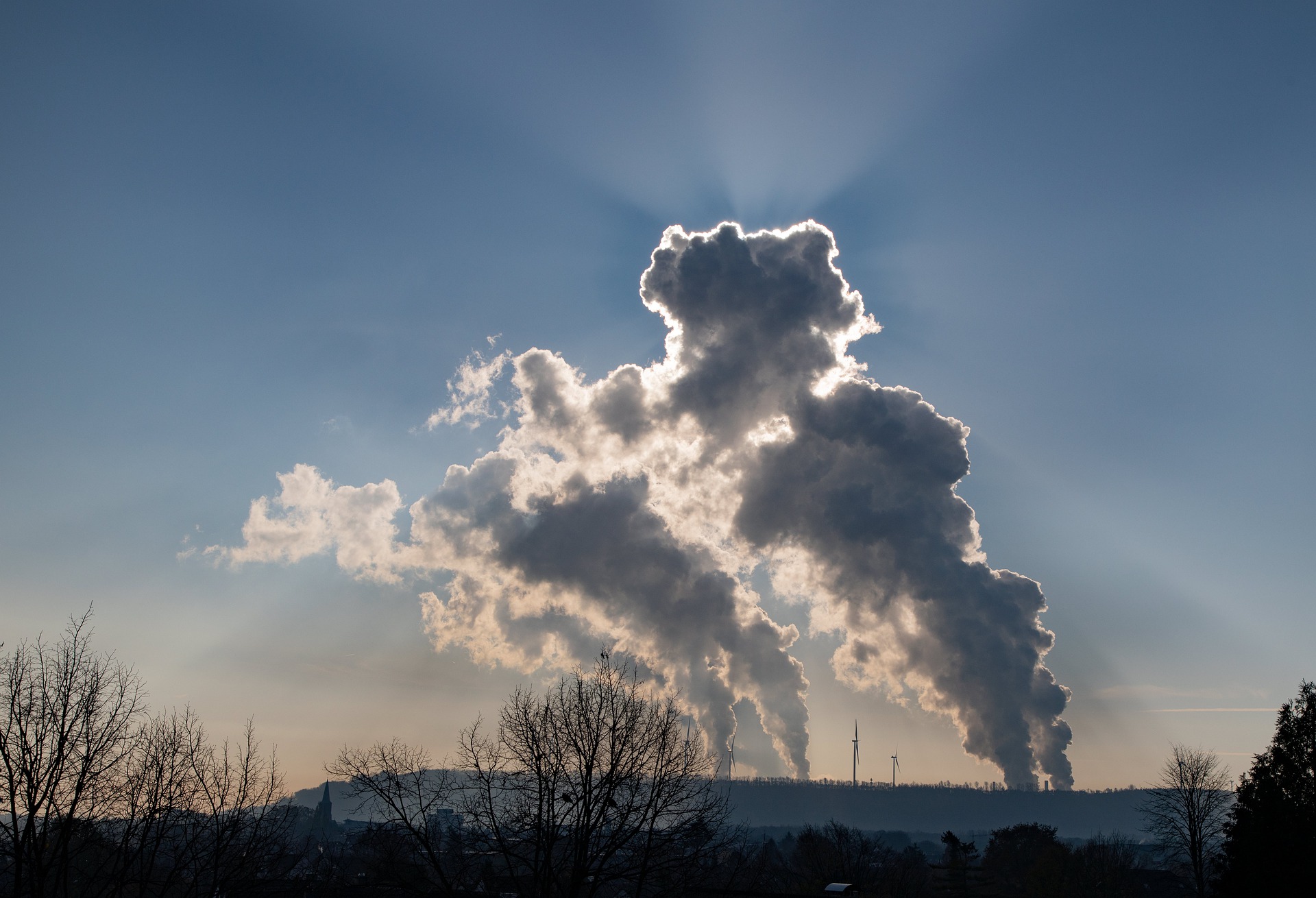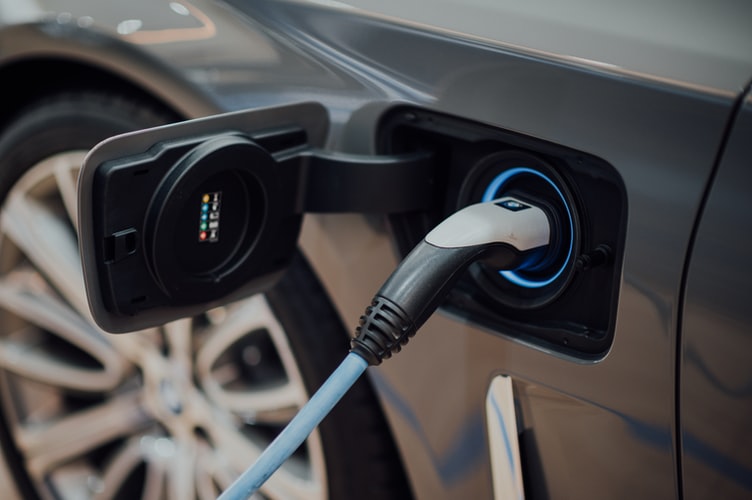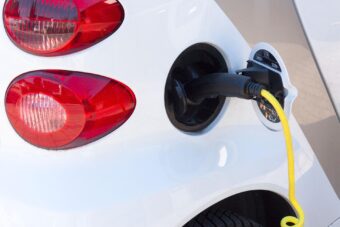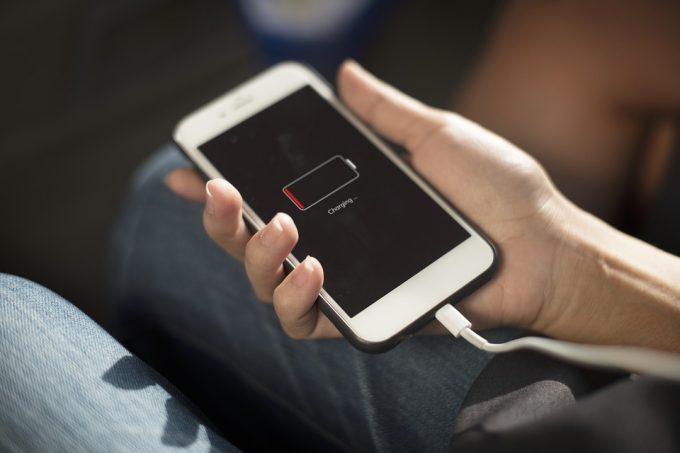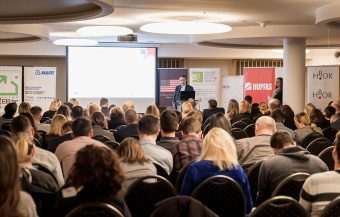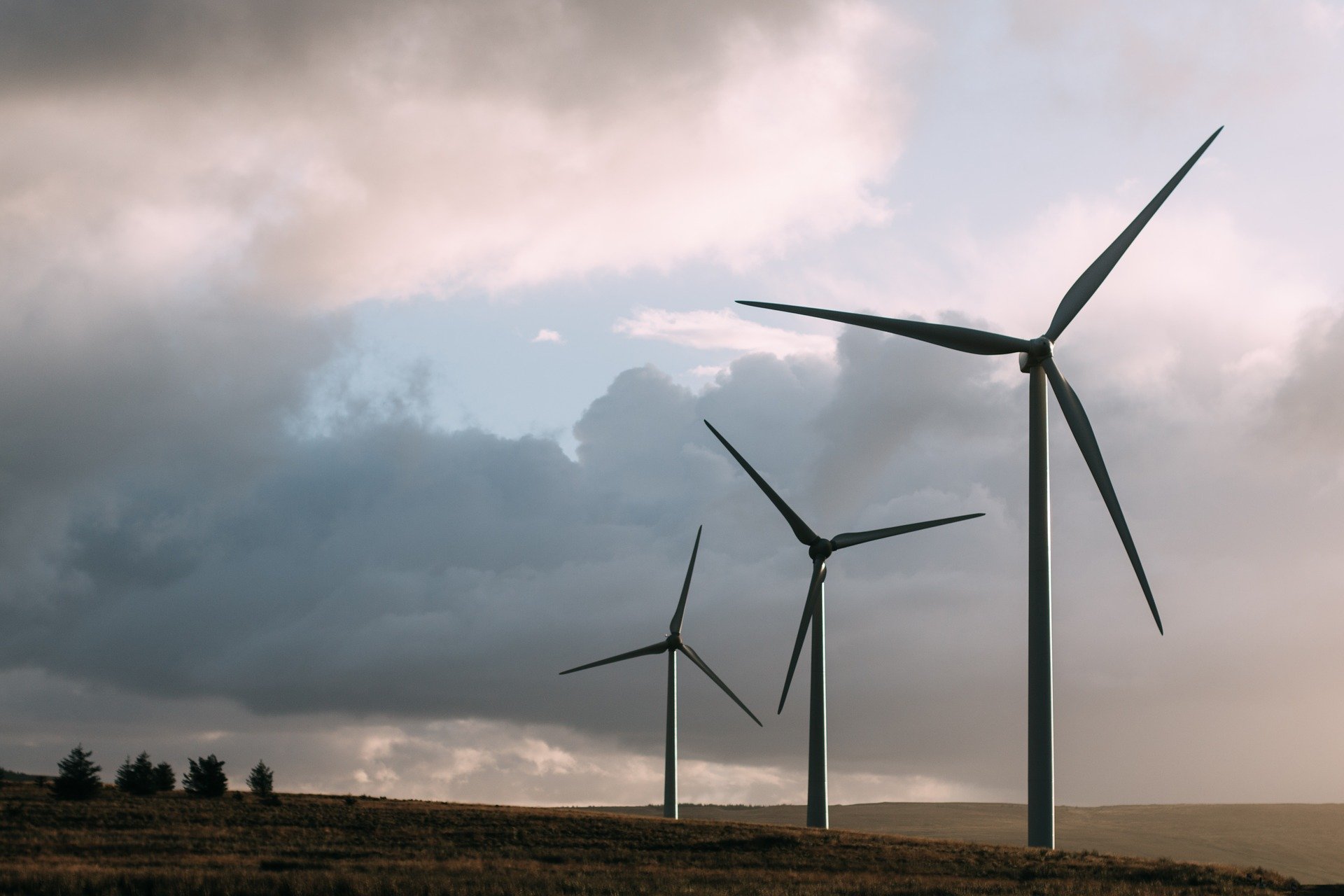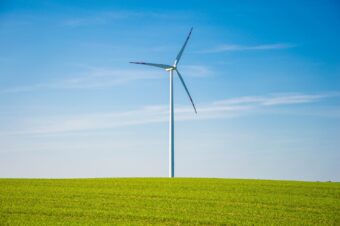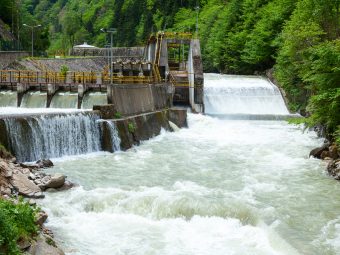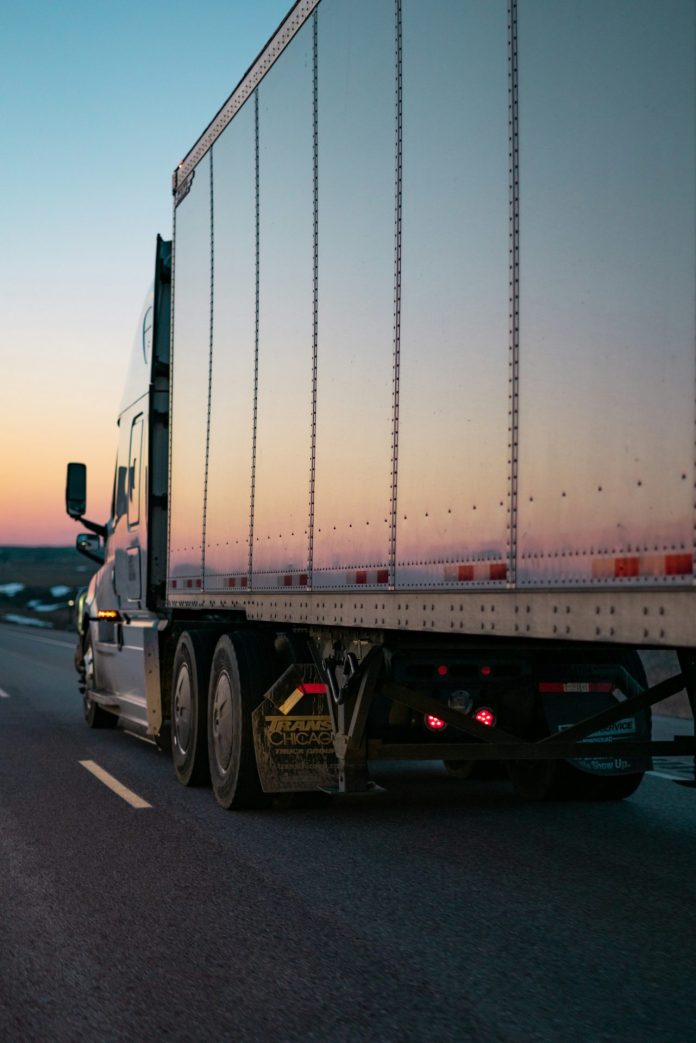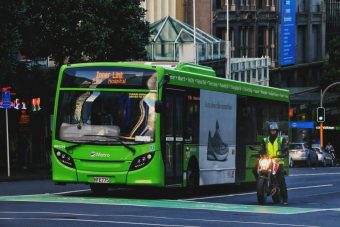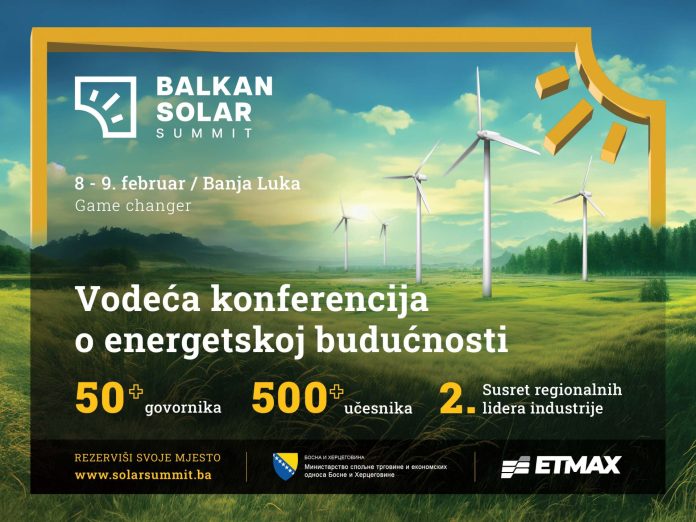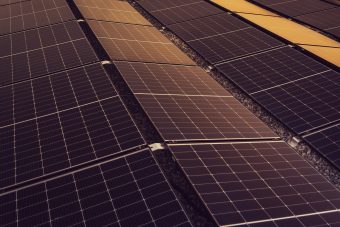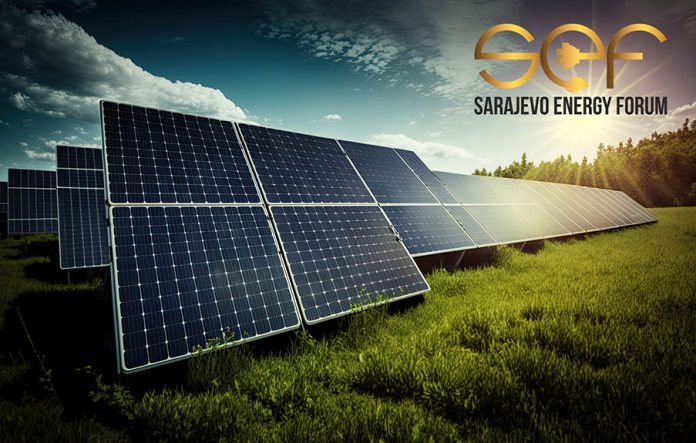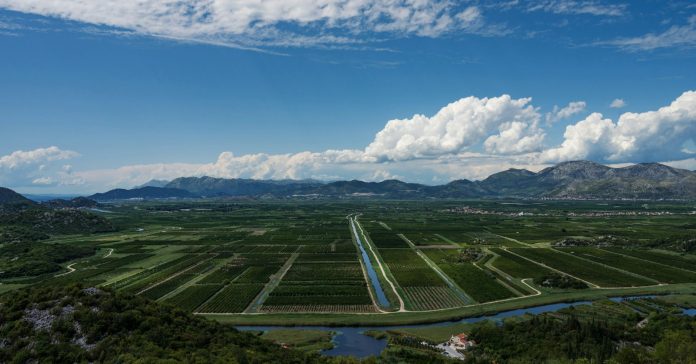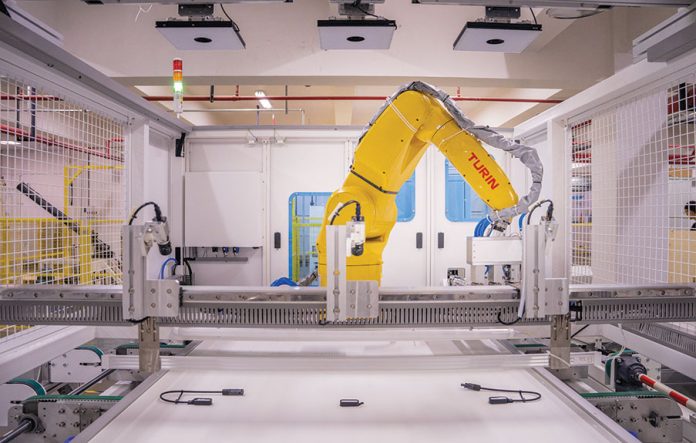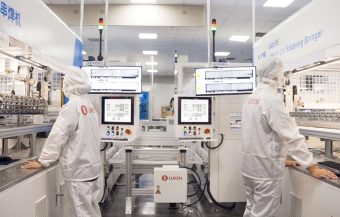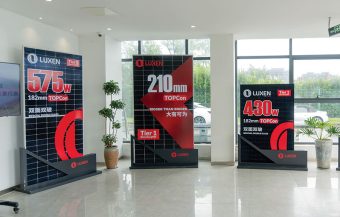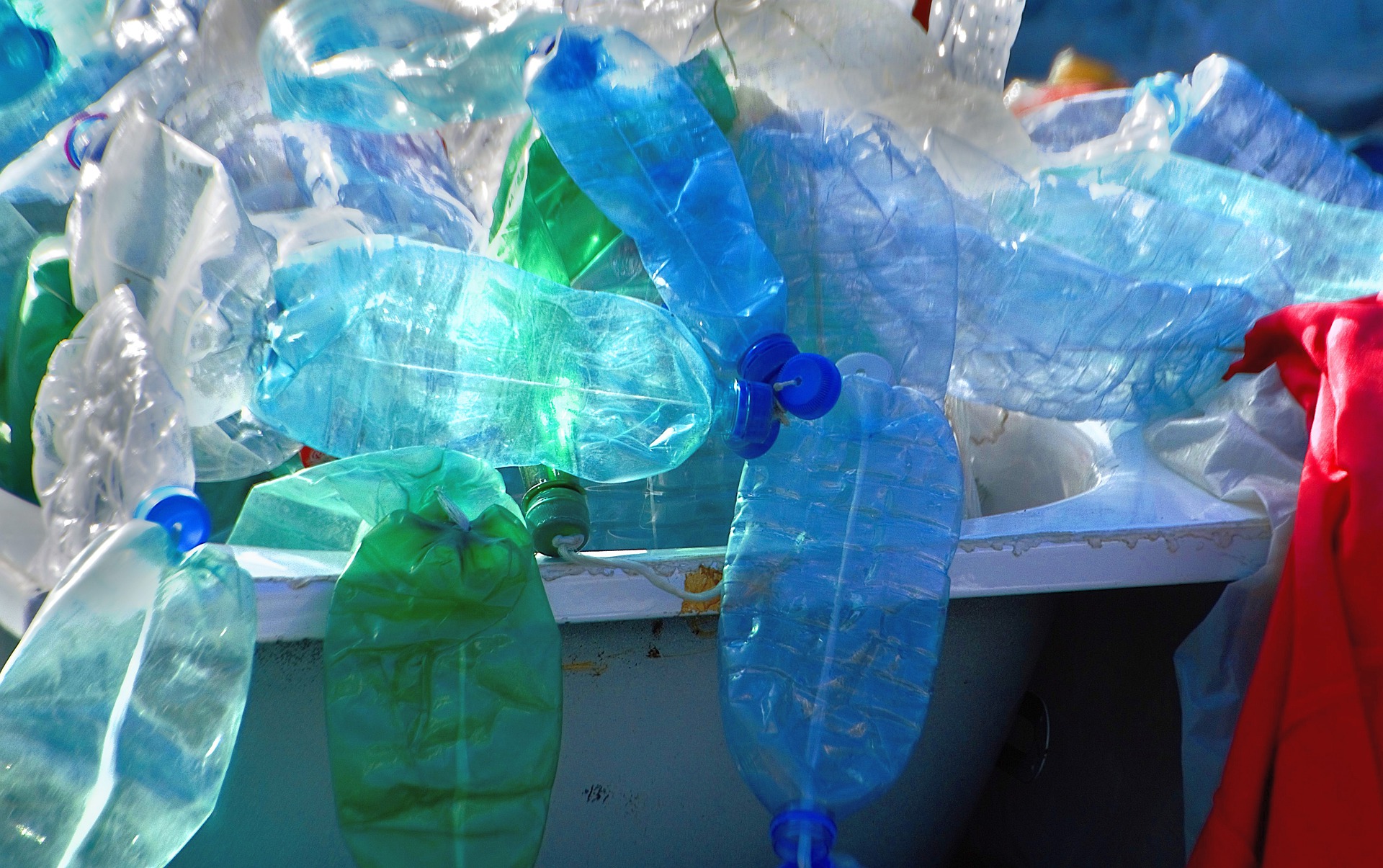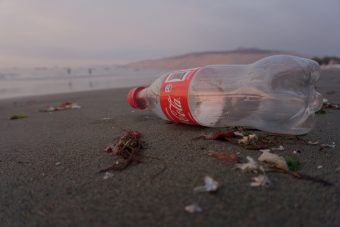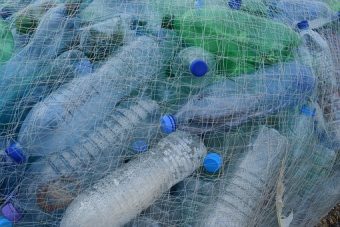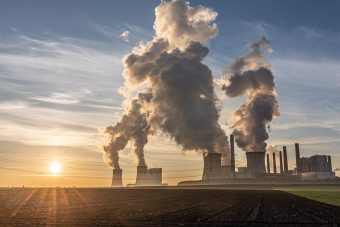
The 2024 update of the EEA briefing ‘The costs to health and the environment from industrial air pollution in Europe’ presents the latest assessment of the trends in externalities of industrial air pollution from about 10,000 largest facilities in Europe, from 2012 to 2021. These facilities report data on pollutant releases and transfers to the European Industrial Emissions Portal.
Costs of air pollution caused by Europe’s largest industrial plants are substantial, averaging between EUR 268 to EUR 428 billion per year, the EEA analysis shows. In 2021, these costs corresponded to about two per cent of the EU’s GDP. Just one percent (107) of the most polluting industrial facilities — many of them coal power plants — caused half of the total damage.
However, the EEA analysis also shows that environmental and health costs of European industry have decreased by a third (-33 per cent) from 2012 to 2021. The EU energy sector has accounted for the vast majority — about 80 per cent — of the total decrease, mainly by adopting best available techniques (BAT) and shifting to renewables and less polluting fuels largely as result of EU action.
More:
- EU COUNCIL AND PARLIAMENT REACH AN AGREEMENT ON REDUCING CO2 EMISSIONS GENERATED BY HEAVY-DUTY VEHICLES
- EU ECONOMY EMISSIONS IN 2022: DOWN 22 PERCENT SINCE 2008
- ONCE ENOUGH TO STAIN SHIRT COLLARS, SMOG IS LIFTING OVER GREATER SEOUL
The European Green Deal has promoted making Europe’s industry greener and more digital. Most recently, the revision of the Industrial Emissions Directive and the new Industrial Emissions Portal Regulation (IEPR) aim to drive large European industry towards decarbonisation, zero pollution, circular economy and innovation. Strengthening of the EU Air Quality Directive is expected to further support this development by bringing pollution limits closer to the health-based guidelines of the World Health Organization.
The EEA will publish the 2nd zero-pollution monitoring and outlook report together with the European Commission later this year. To highlight the challenges and opportunities in the EU energy transition, this year’s report will map the 100 most polluting large combustion plants (LCP) in the EU.
Source: EEA


